The history of laboratory safety is a complex tapestry woven with scientific ambition, unforeseen risks, and evolving protocols. From the high-containment world of BSL-4 facilities to the emerging challenges of synthetic biology, the narrative reveals how human ingenuity both creates and mitigates biological hazards. This journey isn't merely about physical barriers or airlock doors—it's about the philosophical tension between discovery and responsibility.
The Fortress Mentality: Early High-Containment Labs
When the first Biosafety Level 4 laboratories emerged in the 1960s, they were designed like biomedical fortresses. These facilities handling Ebola, Marburg, and other hemorrhagic fevers operated on principles of absolute containment. Workers entered through airlocks wearing positive-pressure "space suits," while effluent waste underwent double sterilization. The architecture mirrored Cold War paranoia—concrete walls, negative air pressure, and redundant filtration systems. Yet some early designs contained paradoxical flaws. At one U.S. facility, the autoclave door opened directly into a public corridor, creating a potential escape route for pathogens. Such oversights revealed how even extreme precautions could harbor blind spots.
The Shadow of Sverdlovsk
No discussion of lab safety is complete without the 1979 anthrax outbreak near Soviet Facility 19. A clogged filter turned off during maintenance released weapons-grade Bacillus anthracis spores across Sverdlovsk, killing at least 66 people. The tragedy exposed more than faulty equipment—it revealed how secrecy undermines safety. For years, Soviet authorities blamed tainted meat, delaying proper medical response. This catastrophe demonstrated that the most sophisticated containment means nothing without institutional transparency. Modern BSL-4 labs now incorporate fail-safes where maintenance protocols automatically trigger lockdowns, but the human factor remains unpredictable.
Synthetic Biology: Rewriting the Rulebook
Traditional containment strategies face existential challenges from synthetic biology. When researchers resurrected the 1918 influenza virus in 2005 using reverse genetics, they worked in BSL-3 conditions—a decision that sparked controversy. The dilemma intensifies with CRISPR and gene drives; how does one contain self-replicating modifications that could persist in ecosystems? A 2014 incident at the NIH revealed unexpected aerosolization of synthetic DNA, forcing reconsideration of nucleic acid handling. Some synthetic biologists argue for "molecular containment" using xenobiological systems with altered genetic codes. But as DIY biohackers engineer glow-in-the-dark plants in garage labs, the very concept of controlled environments becomes problematic.
The Dual-Use Dilemma
Laboratory safety now confronts an epistemological crisis—the same research that might engineer phage therapies could also create enhanced pathogens. The 2001 anthrax letters in America, allegedly sourced from a military lab, demonstrated insider threats. When Canadian researchers synthesized horsepox virus in 2017 using mail-order DNA, they inadvertently provided a blueprint for recreating smallpox. Current debates rage about "gain-of-function" research; should we engineer avian flu strains to study pandemics if those strains could leak? Some institutions now employ behavioral psychologists to assess researchers' mental states alongside their technical skills. The next frontier of lab safety may involve blockchain-based inventory tracking and AI monitoring of experimental protocols.
Cultural Shifts in Safety Paradigms
Modern biosafety emphasizes cultural infrastructure over physical barriers alone. The NIH requires "see something, say something" training after a researcher smuggled out plague bacteria in 2015. Singapore's BSL-4 facility integrates mindfulness training to reduce stress-induced errors. Meanwhile, the European Union's SYNBIOSAFE project explores ethical frameworks for synthetic biology containment. These approaches recognize that no HEPA filter can stop intentional misuse or chronic negligence. As synthetic biology democratizes, some propose a "driver's license" model for certain experiments—demonstrating both technical and ethical competency before handling dangerous constructs.
The trajectory from BSL-4 labs to synthetic biology reveals an uncomfortable truth: absolute safety is mythological. Each technological leap creates new vulnerabilities even as it solves old ones. Perhaps the wisest safety protocol is humility—recognizing that nature's complexity will always outpace our containment strategies. The next chapter in lab safety history won't be written in stainless steel or genetic code alone, but in our collective willingness to balance curiosity with caution.
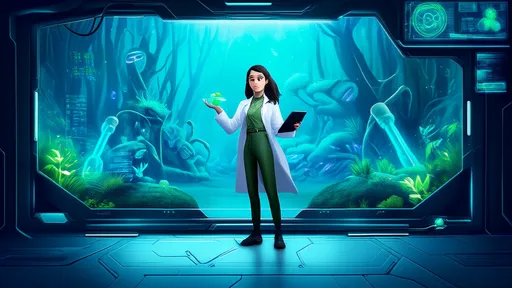
By /Aug 7, 2025

By /Aug 7, 2025
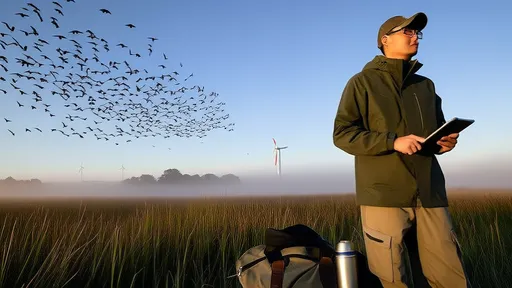
By /Aug 7, 2025

By /Aug 7, 2025
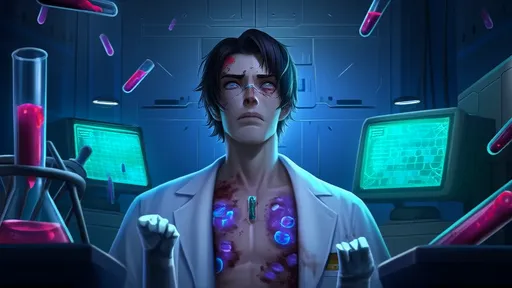
By /Aug 7, 2025
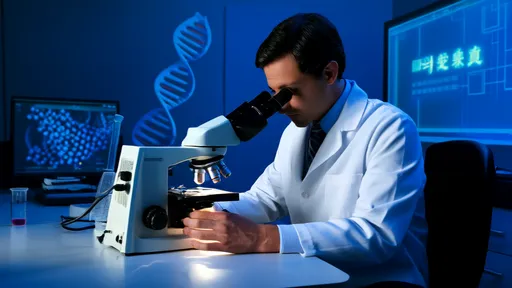
By /Aug 7, 2025
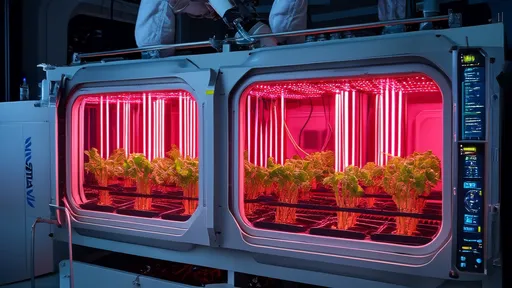
By /Aug 7, 2025
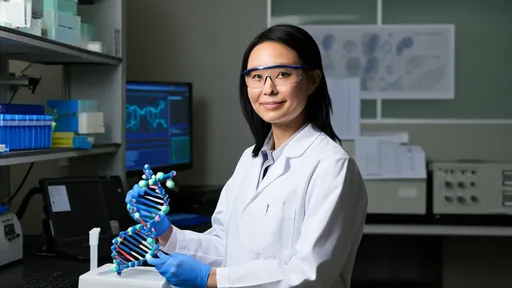
By /Aug 7, 2025
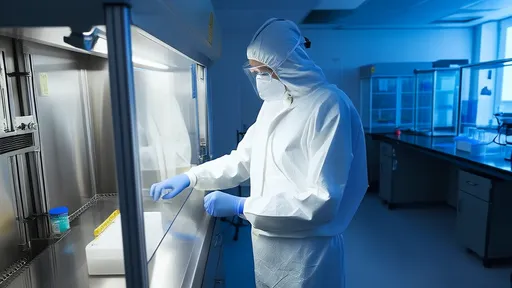
By /Aug 7, 2025
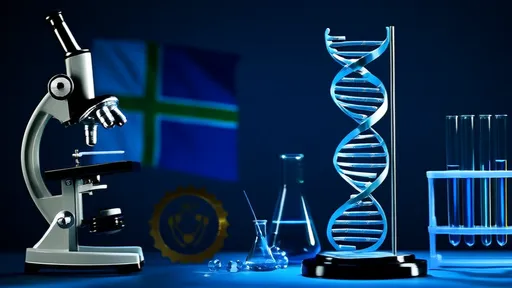
By /Aug 7, 2025
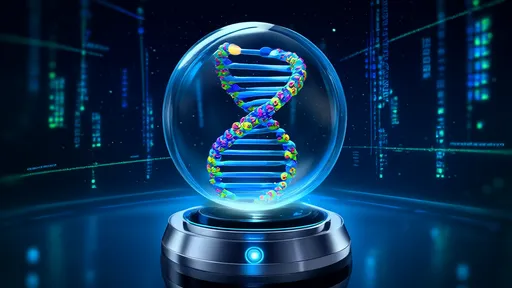
By /Aug 7, 2025

By /Aug 7, 2025
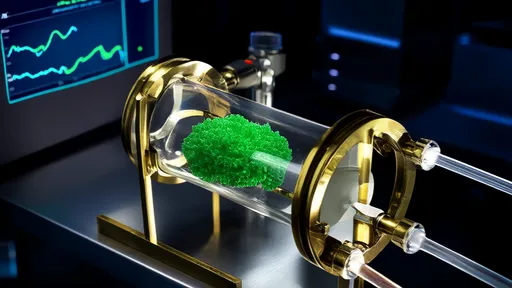
By /Aug 7, 2025

By /Aug 7, 2025

By /Aug 7, 2025

By /Aug 7, 2025

By /Aug 7, 2025

By /Aug 7, 2025

By /Aug 7, 2025

By /Aug 7, 2025